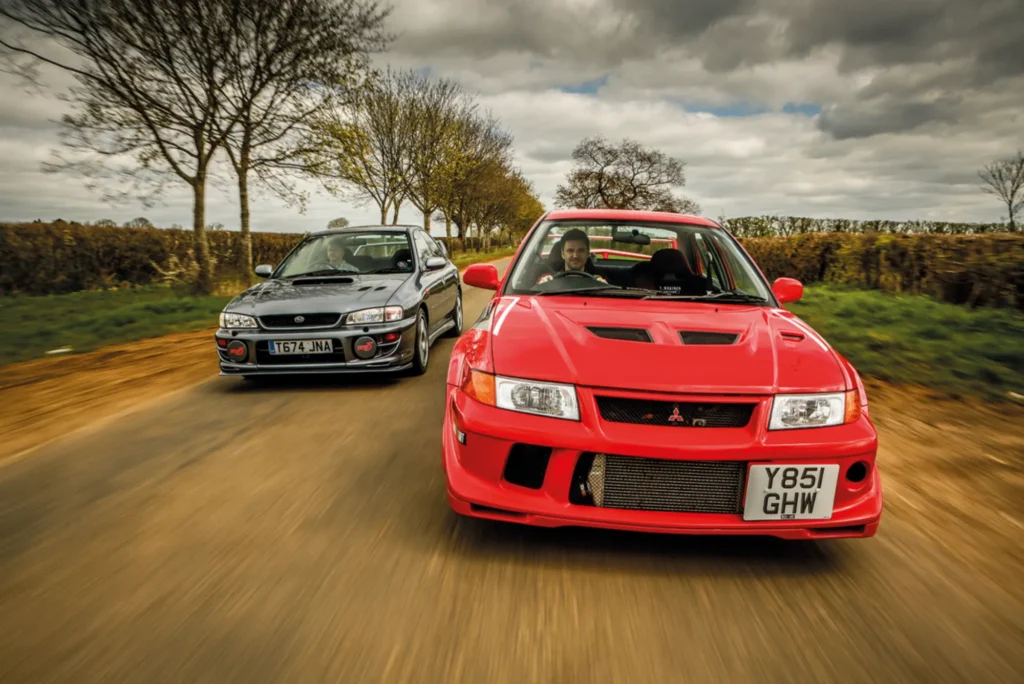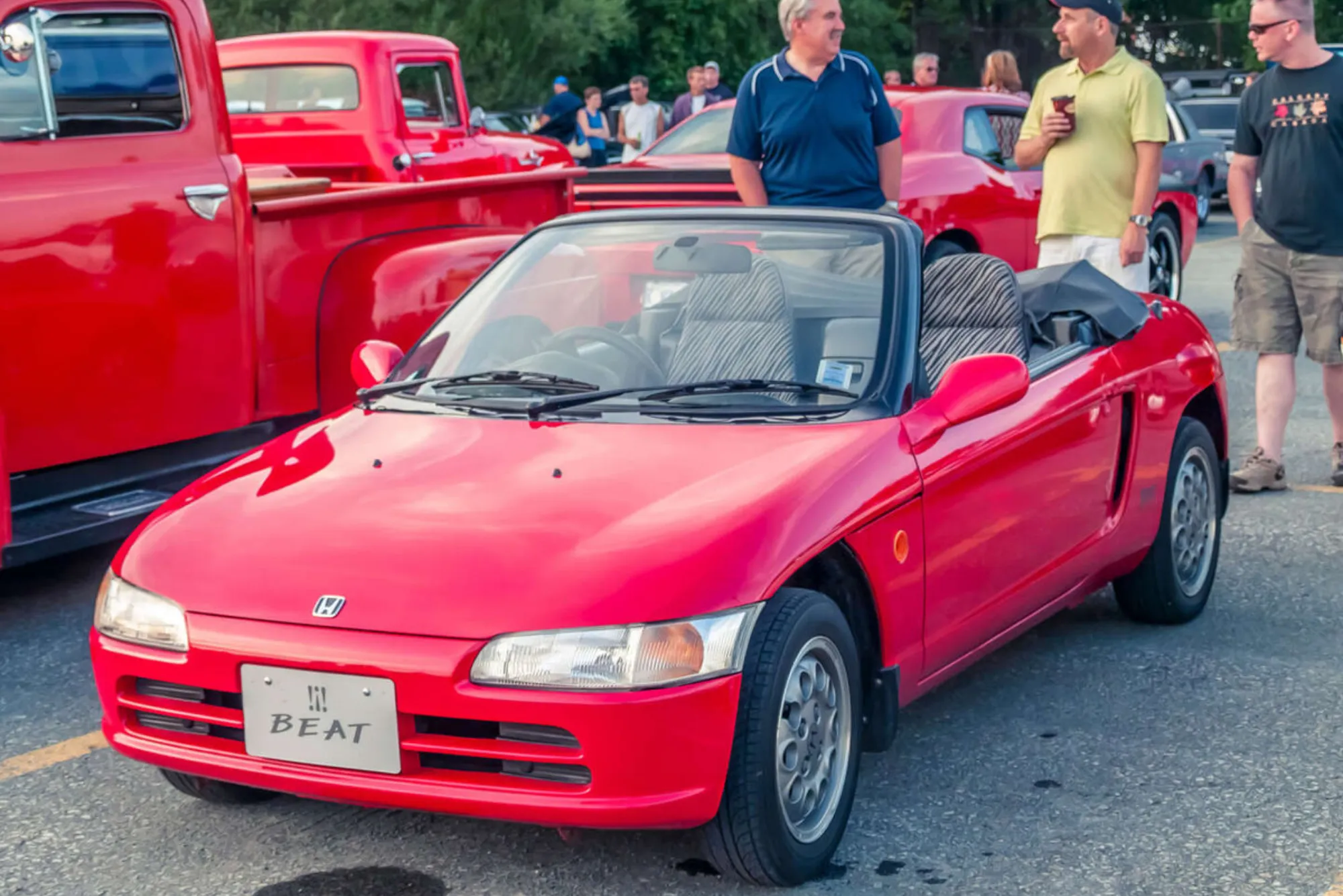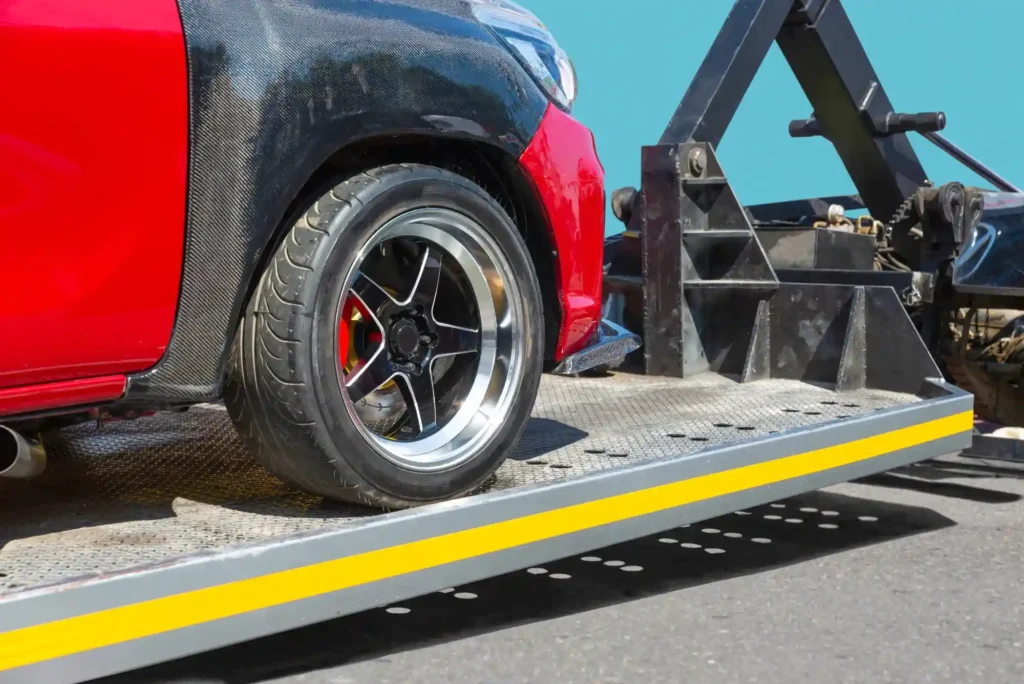Japanese cars have long been celebrated for their reliability, design, and innovative engineering. Over the years, certain classic Japanese cars have evolved into much more than mere vehicles. For the youth, these cars have become symbols of style, performance, and nostalgia.
Whether it’s for the thrill of driving or as a hobby of restoration, classic Japanese cars have left a significant mark on the automotive world. Here’s an exploration of why these cars are so beloved by young enthusiasts, with a look at some of the most iconic models and the unique appeal they offer.
Why Classic Japanese Cars are Popular Among Youth
Japanese cars have a rich history and legacy, making them stand out in the eyes of the younger generation. Youth are drawn to classic Japanese cars for a variety of reasons, ranging from their distinct style to the affordable entry point compared to other classic cars. Here are some of the reasons why these cars are so appealing:
1. Reliability and Affordability
Japanese automakers, such as Toyota, Nissan, and Honda, have built their reputation on creating reliable vehicles. For young buyers or enthusiasts just entering the world of car collecting, classic Japanese cars are often more affordable than their European or American counterparts. This makes them more accessible, especially when considering the costs of maintenance, parts, and insurance.
2. Distinct Design and Style

The aesthetic appeal of classic Japanese cars is undeniable. From the angular, bold lines of the Nissan Skyline to the smooth, aerodynamic curves of the Toyota Celica, these cars boast unique design features that remain timeless. The youth are drawn to the individuality that these cars offer, setting them apart from the more common modern vehicles.
3. Performance and Handling
Many classic Japanese models were designed with performance in mind, and they have not lost their touch. Youth looking for an engaging driving experience find these cars exciting to drive. Cars like the Mazda RX-7 and the Subaru WRX were engineered for performance, making them a top choice for those who crave speed and agility on the road.
4. Tuning and Modification Culture
Japanese cars have a thriving aftermarket parts industry, making it easy for young car enthusiasts to modify and tune their rides. Whether it’s increasing horsepower, adjusting suspension for better handling, or installing performance exhausts, the modification culture surrounding classic Japanese cars is strong and offers ample opportunities for personalization.
Popular Classic Japanese Cars Among Youth
Several classic Japanese cars have become iconic over time, with some models standing out as favorites among younger generations. Here’s a list of classic Japanese cars that continue to capture the hearts of youth.
1. Toyota Corolla AE86 (1983-1987)
The Toyota AE86 Corolla is arguably one of the most popular classic Japanese cars for the youth, especially within the drifting community. With its lightweight build, rear-wheel-drive layout, and a loyal fan base, the AE86 is considered a symbol of 1980s Japanese automotive culture. It is also the car featured in the anime series Initial D, making it even more beloved by fans of both motorsport and animation.
2. Mazda RX-7 (1978-2002)
The Mazda RX-7, known for its distinctive rotary engine, remains a beloved choice among youth for its performance capabilities. The car is lightweight, agile, and incredibly fun to drive. Its unique rotary engine and sleek design make it one of the most recognizable classic Japanese cars in history.
3. Nissan Skyline GT-R (1969-1973, 1989-2002)
The Nissan Skyline GT-R is one of Japan’s most legendary performance cars. Known for its dominance in motorsport and its power-packed engine, the Skyline GT-R appeals to a wide range of car enthusiasts. The model’s connection to the Fast & Furious franchise has cemented its place in popular culture, making it a coveted classic among youth today.
4. Honda Civic (1972-present)
The Honda Civic has always been a reliable and affordable option for younger drivers. Over the years, the Civic has evolved into a highly customizable and sport-oriented vehicle, with many older models becoming sought-after classics. The Civic’s solid reputation for reliability and tuning potential has kept it in high demand, especially among the younger generation.
5. Subaru Impreza WRX (1992-present)
The Subaru Impreza WRX is another favorite among youth, particularly those who love rally racing. With its turbocharged engine, all-wheel-drive system, and rally heritage, the WRX offers a combination of performance and practicality. It is a popular choice for young drivers who want a car that is both fun and capable of handling any terrain.
The Appeal of Classic Japanese Cars in Car Culture
For many young car enthusiasts, classic Japanese cars are not just modes of transportation; they are a way to immerse themselves in a larger car culture. From tuning and drifting to car shows and meets, these cars provide a unique sense of belonging within the automotive community. Here’s why classic Japanese cars are central to car culture.
1. Car Meets and Tuning Events
Car meets are a common gathering spot for young people who share a passion for classic Japanese cars. These events allow enthusiasts to showcase their cars, exchange tips on modifications, and learn more about each other’s builds. Tuning events, where owners modify their cars for better performance or style, are also a big part of the culture surrounding these vehicles.
2. Drifting and Motorsports
Drifting, a motorsport that originated in Japan, is deeply linked to classic Japanese cars. Cars like the Toyota AE86 are known for their drifting capabilities, and this motorsport continues to be a major draw for young enthusiasts. Many youth who own classic Japanese cars are often involved in amateur drifting or attend local motorsport events to watch or participate.
3. Online Communities and Forums
In the digital age, young enthusiasts of classic Japanese cars often turn to online communities to connect with like-minded individuals. There are numerous forums, Instagram pages, and YouTube channels dedicated to these cars, where fans can share restoration projects, performance mods, and even rare finds.
4. Restoration and Customization
The youth’s fascination with classic Japanese cars is not only about driving but also about restoring these vehicles to their former glory. Many enthusiasts find satisfaction in rebuilding and restoring older cars, whether it’s preserving the original design or adding modern touches. This aspect of the culture keeps the spirit of classic Japanese cars alive for future generations.
How to Buy and Maintain Classic Japanese Cars
For those interested in purchasing a classic Japanese car, it’s essential to understand the buying and maintenance processes. The following tips can help guide prospective owners:
1. Research the Market
Before purchasing a classic Japanese car, it’s important to research the market to determine which model suits your preferences and budget. Models like the AE86, RX-7, and Skyline GT-R are often in high demand, so prices may vary based on condition, rarity, and modifications.
2. Inspect the Car
Classic cars can have a variety of mechanical issues due to their age. It’s crucial to have a pre-purchase inspection done by a professional mechanic who specializes in classic Japanese cars. They can check for rust, engine condition, suspension wear, and more.
3. Maintenance

Regular maintenance is key to keeping a classic Japanese car running smoothly. Even though Japanese cars are known for their reliability, older models may require more attention. Regular oil changes, brake checks, and rust prevention are essential for maintaining these vehicles.
4. Join Car Communities
Being a part of a car community can provide valuable resources, from finding replacement parts to getting advice on maintenance. Forums, social media groups, and local car clubs can help you stay connected with others who share your passion for classic Japanese cars.
FAQs About Classic Japanese Cars for Youth
1. What makes classic Japanese cars special?
Classic Japanese cars are known for their reliability, unique design, and strong performance. They offer a combination of affordability and performance, making them ideal for younger enthusiasts.
2. Are classic Japanese cars easy to maintain?
While classic Japanese cars are generally reliable, older models may require more attention. Regular maintenance and care are essential to keep these cars running smoothly.
3. Which classic Japanese cars are most popular with young drivers?
The Toyota AE86, Mazda RX-7, Nissan Skyline GT-R, Honda Civic, and Subaru Impreza WRX are among the most popular classic Japanese cars among youth.
4. How much do classic Japanese cars cost?
Prices for classic Japanese cars vary depending on the model, condition, and modifications. Popular models like the Nissan Skyline and Mazda RX-7 can fetch higher prices, while others like the Honda Civic or AE86 might be more affordable.
5. Can I modify classic Japanese cars?
Yes, one of the main appeals of classic Japanese cars is the extensive aftermarket parts industry. Many owners modify these cars to enhance performance, aesthetics, or both.
The appeal of classic Japanese cars among youth continues to grow, driven by their timeless design, affordability, and the vibrant car culture surrounding them. Whether you’re looking to buy, restore, or simply admire these iconic vehicles, the world of classic Japanese cars offers something for everyone. From the reliability of the Honda Civic to the performance of the Mazda RX-7, these cars have left an indelible mark on both automotive history and youth culture.








